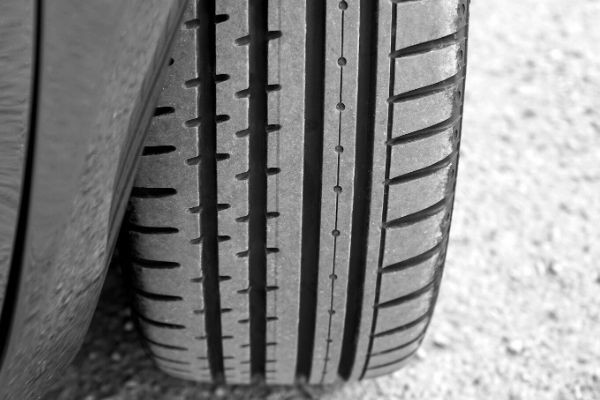
Using winter tires for winter is a no-brainer. Despite this, several individuals are not down with the concept. With quite many excuses to justify not equipping their cars with a full set of winter tires. Those living in Canada are sure to be familiar with the effects of winter on everyday driving.
Using winter tires for winter is a no-brainer. Despite this, several individuals are not down with the concept. With quite many excuses to justify not equipping their cars with a full set of winter tires. Those living in Canada are sure to be familiar with the effects of winter on everyday driving.
One thing to make clear that is often mistaken and given the wrong impression. This needs some immediate clarification that causes misnomers that are associated with it. In auto and media circles, snow tires get an all-reaching connotation. Most all-season or all-terrain use tires available for commercial purchase. They are rated for mud and snow use despite what they are called.
For everyone's better understanding, snow or winter tires have wider gaps in the tread pattern and blocks. Pulling out snow and mud from the channels more, that all-season or all-terrain. Plus, the rubber is more flexible in colder temperatures to get more grip in mud, snow, and slush on Canadian roads.
Evidently, snow tires and ice tires have similarities that are suited for the Canadian cold. Whenever the mercury drops. Not all tires have this feature as standard. That is why a full set of snow or ice tires offer the best traction on any given day. Compare this to other tires that will get brittle one the cold reaches zero! It is not how well snow or ice tires tear through mud, snow, and slush. But, how they handle extreme driving temperatures of the Canadian winter.
All is good for tires that go for the three seasons other than winter. Anyone can forgo the need to shift to winter approves tires. All is great with smooth and efficient tires before the general winter. When winter starts blowing an icy chill. Expect a rough ride, as tire rubber gets stiffer from the surrounding winter chill. When it gets zero, then time to change, which will be worth the cost.
Grip and traction are life on the winter road. Traction is how much friction is between the road and tires. How well the grip or tread pattern sticks to the road is crucial. Traction is enhanced by how much power is pumped into the wheels by the drivetrain. While grip digs into the road surface with its natural abilities. The grip is best done with a wide tread that grips with edges on the road!
All-Wheel Drive allocates power to any wheel. Using sensors to adjust appropriately, that does just fine with better traction. It helps gain more control on icy and snowy roads. This is not enough to count on! A full set of winter tires is non-negotiable as a standard add-on. Winter grade rubber and tread blocks are needed for better grip and traction.
The combination of both will improve handling with fewer chances of skidding or sliding dangerously. AWD would not be optimized without all-weather tires. Especially if anyone does live in Canada or temperature country. Take this advice and be smart, not sorry later.
See Now: OnePlus 6: How Different Will It Be From OnePlus 5?



























